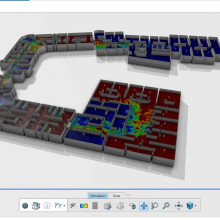Biopod brings life on Mars one step closer
- Details
- Hits: 9483
Interstellar Lab introduces the self-sustaining system for food production Biopod, which is sustainable human Life on Mars, the earth and the moon through the creation and reuse of food, water and air. A virtual twin is used to simulate, test and optimize the performance of the microhabitat and biological systems. Biopod was developed with the Dassault Systèmes Industry solution Reinvent the Sky.
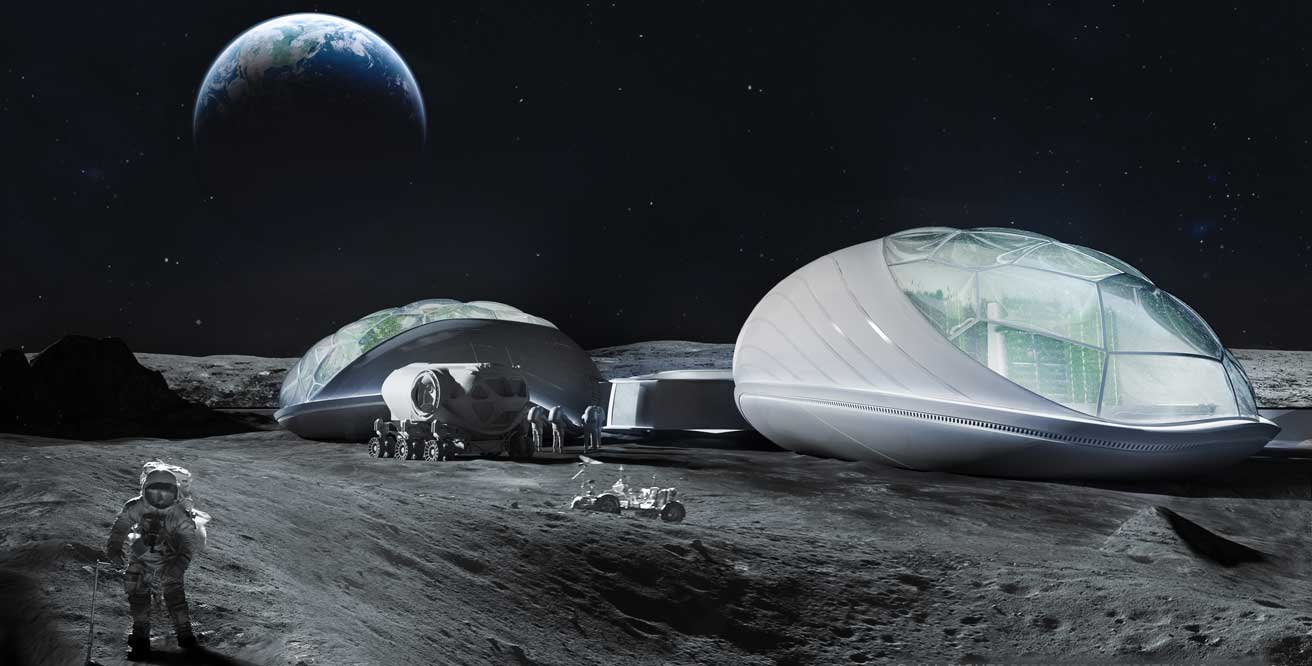
Content of the research report
- Virtual twin simulates life on Mars
- Plants of the earth for life on the red planet
- The future of aerospace development
Interstellar Lab uses the cloud based 3D Experience Platform from Dassault Systemès for the development of the first prototype called Biopod. The space research company focuses on the development of self-contained environmental habitats and biospheres. Biopod is a food production system. It allows companies to manufacture ready-to-use space stations. It supports researchers and scientists in leading sustainable human life on earth, the moon and mars.
Virtual twin simulates life on Mars
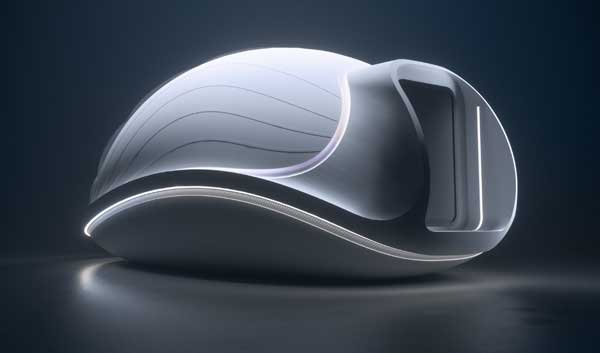 The industry solution Reinvent the Sky enables seamless cooperation, timely optimization and validation of the design. The digital environment offers secure access to the latest project data from any location. Team members in France and the USA have used the virtual twin to simulate and test the performance of Biopod under extreme climatic conditions such as optimal oxygen and carbon dioxide concentrations and light intensity for plant growth on the planet.
The industry solution Reinvent the Sky enables seamless cooperation, timely optimization and validation of the design. The digital environment offers secure access to the latest project data from any location. Team members in France and the USA have used the virtual twin to simulate and test the performance of Biopod under extreme climatic conditions such as optimal oxygen and carbon dioxide concentrations and light intensity for plant growth on the planet.
“Climate change is a real emergency situation for planet earth. We only have a small window to make positive changes. We are currently developing a new framework for sustainable life on earth and an experimental field for the future space mission, ”says Barbara Belvisi, Founder and CEO of Interstellar Lab.
"The 3D Experience Platform gives us the opportunity to highly efficient work processes and avoid having to redesign drafts from scratch after changes. On our way to the next phase, the program and project management capabilities of the platform will be very valuable for us to store and access design knowledge and to manage the product life cycle effectively. "
Plants of the earth for life on the red planet
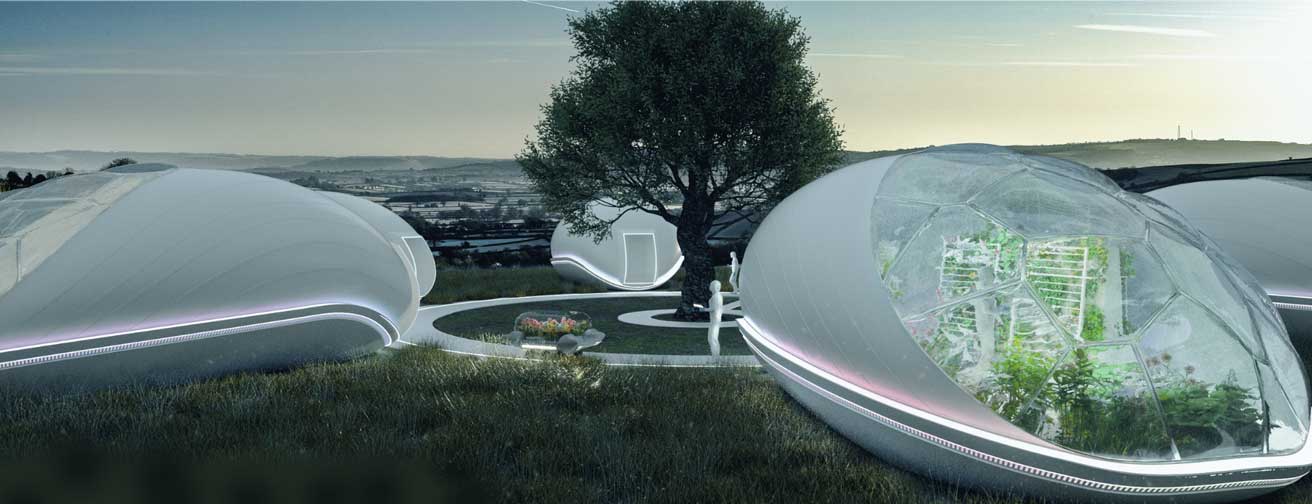
biopod is an inflatable dome. It is 6 m wide, 10 m long and 4,5 m high. Composite materials give it a stable technical basis. It also has a membrane made of soft plastic for the main and outer shell. The micro biotope combines the cultivation of crops with predictive monitoring. This allows a wide range of crops and plants of the earth z. B. grow on Mars. These would not survive traditional glass environments.
In the further development of the biopd, Interstellar Lab would like the virtual twin use. With this, the researchers and scientists want to experimentally research and monitor the operation and maintenance of the microhabitat. At the same time, data relating to food production and environmental conditions such as the foreign atmosphere are to be collected. The 3D Experience Platform also facilitates communication with the suppliers, with whose help Interstellar Lab will construct modules and expand production and outsourcing in the future. This enables photo-realistic renderings from the 3D model. In this way, the vision of life on the red planet can be visually communicated much better.
The future of aerospace development
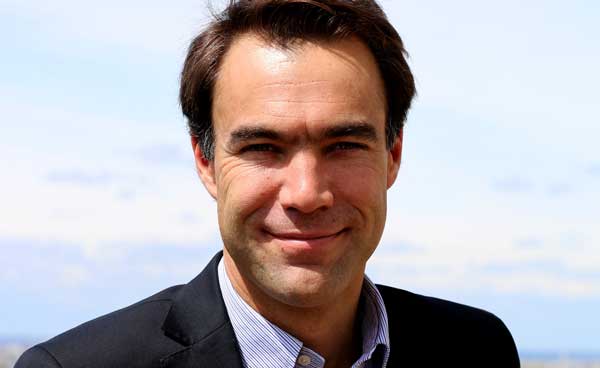 “Innovators challenge traditional aerospace companies with new concepts in the race to explore space. They define the future of aerospace technology, "says David ziegler, Vice President, Aerospace & Defense Industry, Dassault Systèmes.
“Innovators challenge traditional aerospace companies with new concepts in the race to explore space. They define the future of aerospace technology, "says David ziegler, Vice President, Aerospace & Defense Industry, Dassault Systèmes.
“The 3D Experience Platform enables them to integrate technologies into the Product development to integrate and the Product life cycle from concept to certification to accelerate. They use the same tools that larger companies use. With the virtual twin, you can easily map and optimize your ideas and thus bring them to market more quickly. "
Interstellar foliage builds the future of Earth and other planets
You might also be interested in...
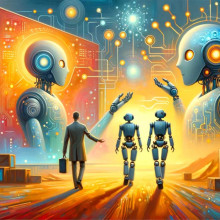
Artificial Intelligence | trends and developments
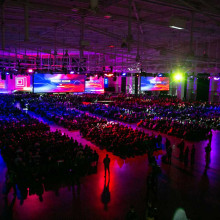
3Dexperience World and Conference
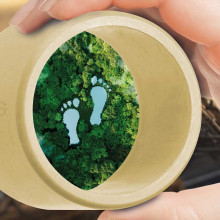
Reduce carbon footprint | That's how it's done!

Solidworks 2024 | CAD software by and for users
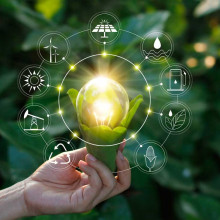
Dassault Systems | The 3DExperience Company
